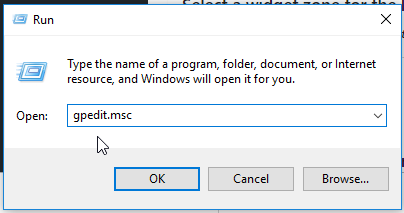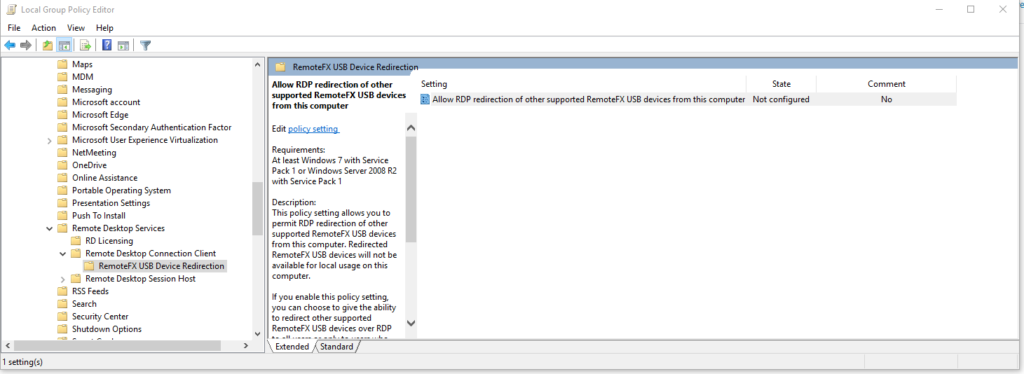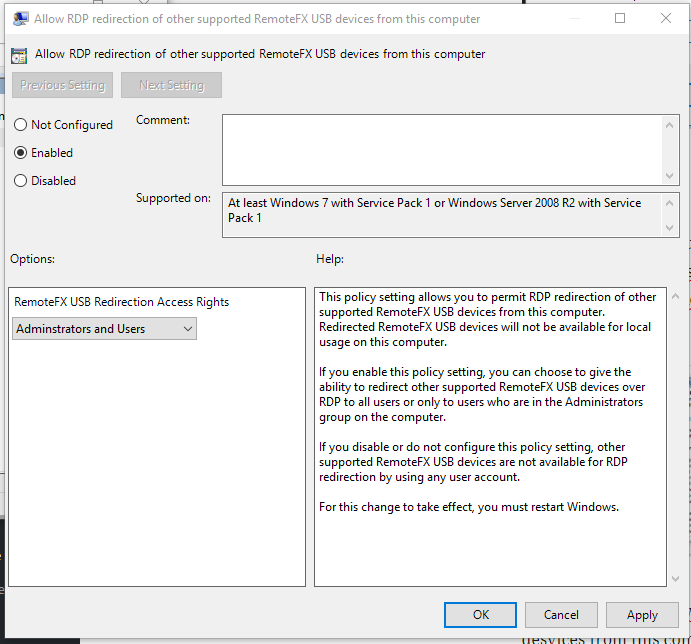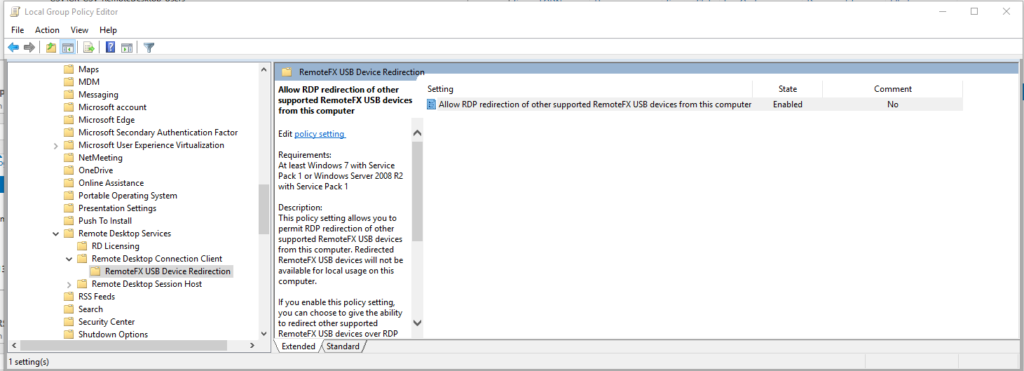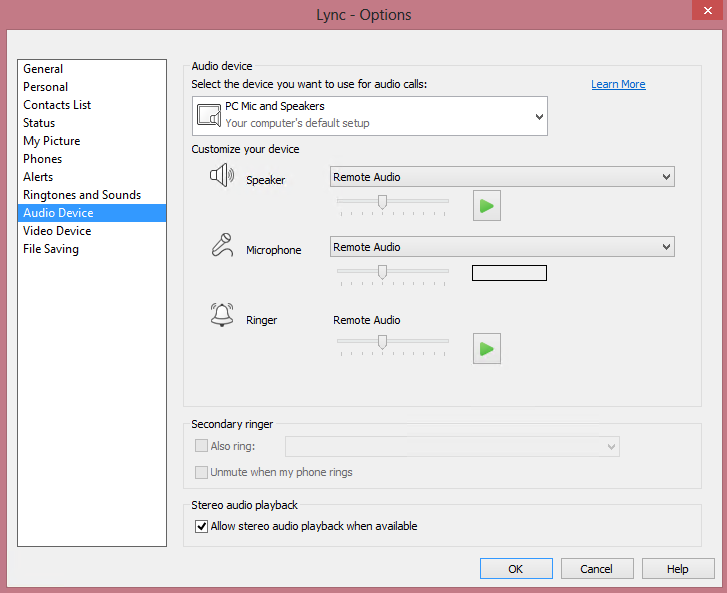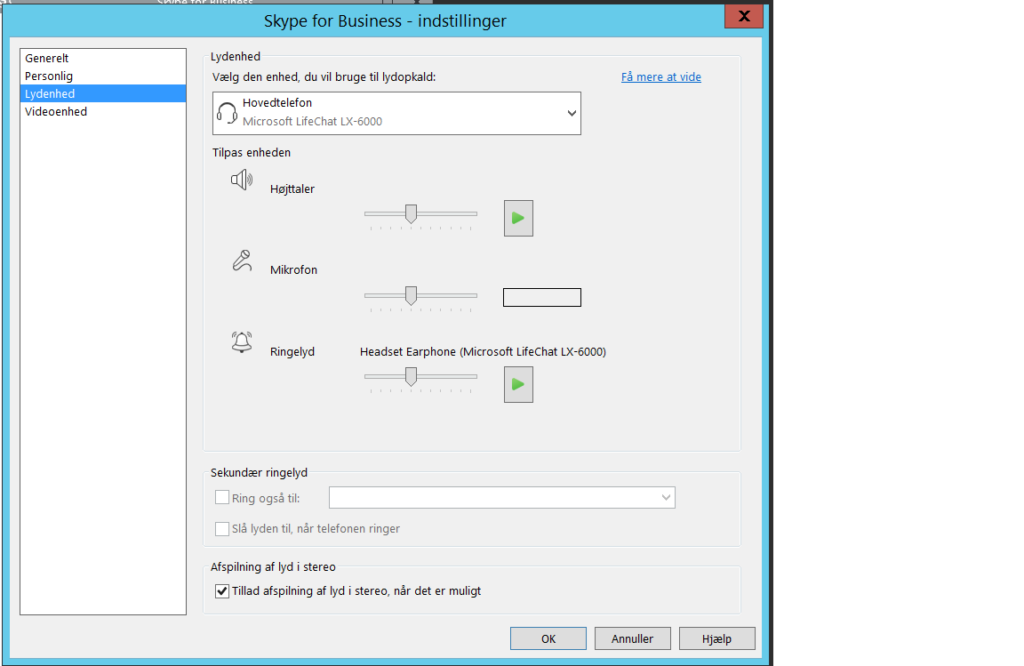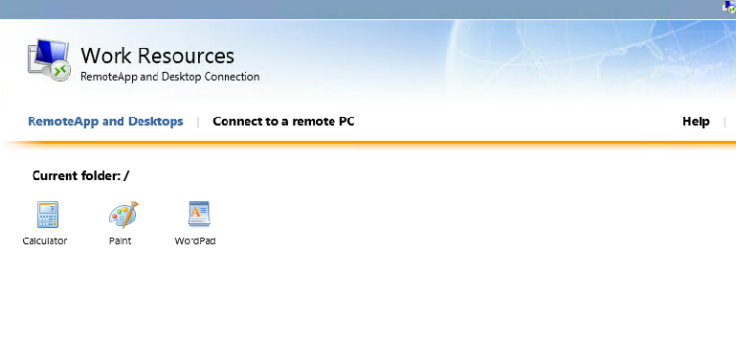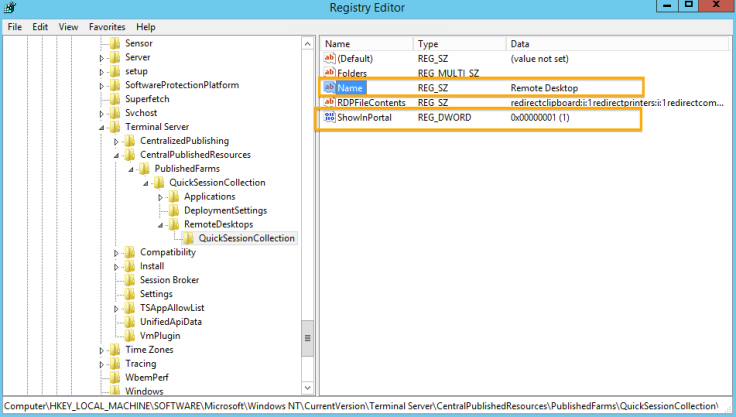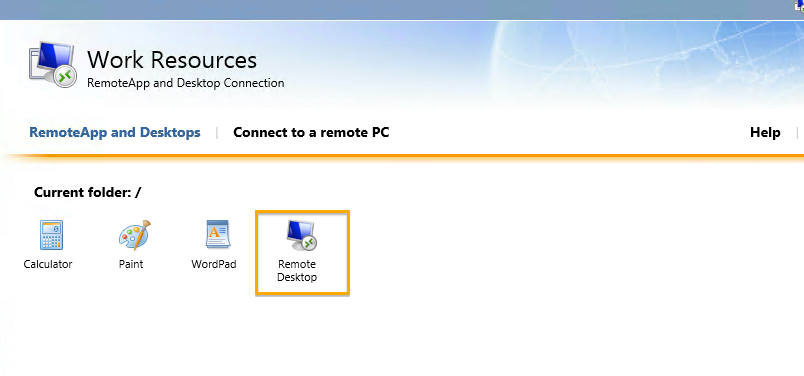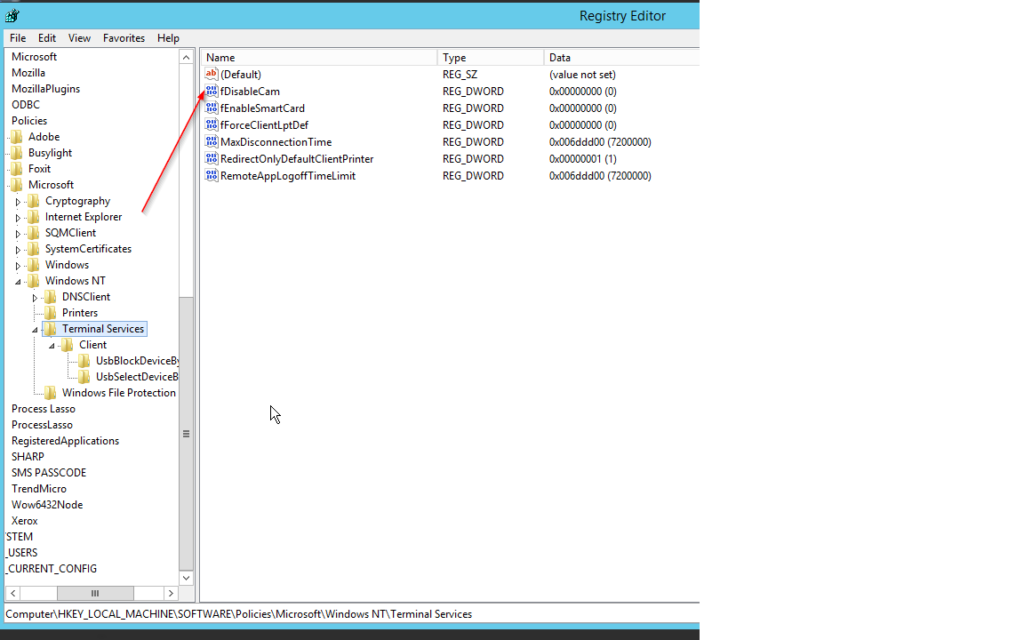When you try to delete a mailbox, you may get this error:
This mailbox database contains one or more mailboxes, mailbox plans, archive mailboxes, public folder mailboxes or
arbitration mailboxes. To get a list of all mailboxes in this database, run the command Get-Mailbox -Database
Database ID. To get a list of all mailbox plans in this database, run the command Get-MailboxPlan. To get a list of
archive mailboxes in this database, run the command Get-Mailbox -Database Database ID -Archive. To get a list of all
public folder mailboxes in this database, run the command Get-Mailbox -Database Database ID -PublicFolder. To get a
list of all arbitration mailboxes in this database, run the command Get-Mailbox -Database Database ID -Arbitration.
To disable a non-arbitration mailbox so that you can delete the mailbox database, run the command Disable-Mailbox
Mailbox ID. To disable an archive mailbox so you can delete the mailbox database, run the command Disable-Mailbox
Mailbox ID -Archive. To disable a public folder mailbox so that you can delete the mailbox database, run the command
Disable-Mailbox Mailbox ID -PublicFolder. Arbitration mailboxes should be moved to another server; to do this, run
the command New-MoveRequest Parameters. If this is the last server in the organization, run the command
Disable-Mailbox Mailbox ID -Arbitration -DisableLastArbitrationMailboxAllowed to disable the arbitration mailbox.
Mailbox plans should be moved to another server; to do this, run the command Set-MailboxPlan MailboxPlan ID
-Database Database ID.
+ CategoryInfo : InvalidOperation: (Database ID:DatabaseIdParameter) [Remove-MailboxDatabase], AssociatedUserMailboxExistException
+ FullyQualifiedErrorId : [Server=Server,RequestId=RequestId,TimeStamp=TimeStamp] [FailureCategory=Cmdlet-AssociatedUserMailboxExistException] XXXXXXXX,Microsoft.Exchange.Management.SystemConfigurationTasks.RemoveMailboxDatabase
+ PSComputerName : Computer Name
This is because the mailbox database still contains data, that need to be moved, before you can deleted it.
If you run Exchange 2013, run these commands to check witch data, that are still located in the database.
Get-Mailbox -Database "Database"
Get-Mailbox -Database "Database" -Archive
Get-Mailbox -Database "Database" -Arbitration
Get-Mailbox -Database "Database" -PublicFolder
In Exchange 2016, a new mailbox type is introduce call Auditlog. So here you also need to run this command
Get-Mailbox -Database "Database" -AuditLog
